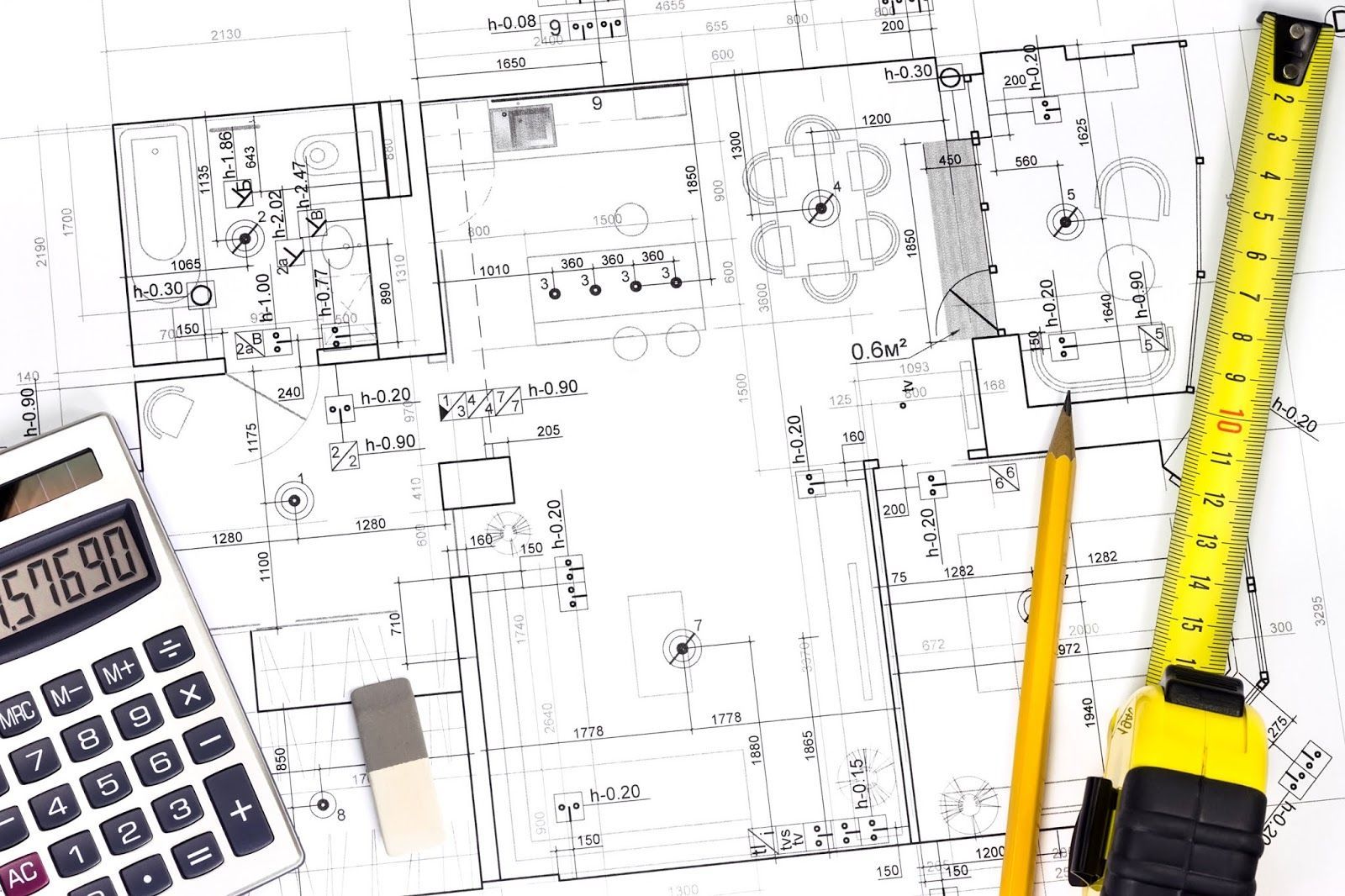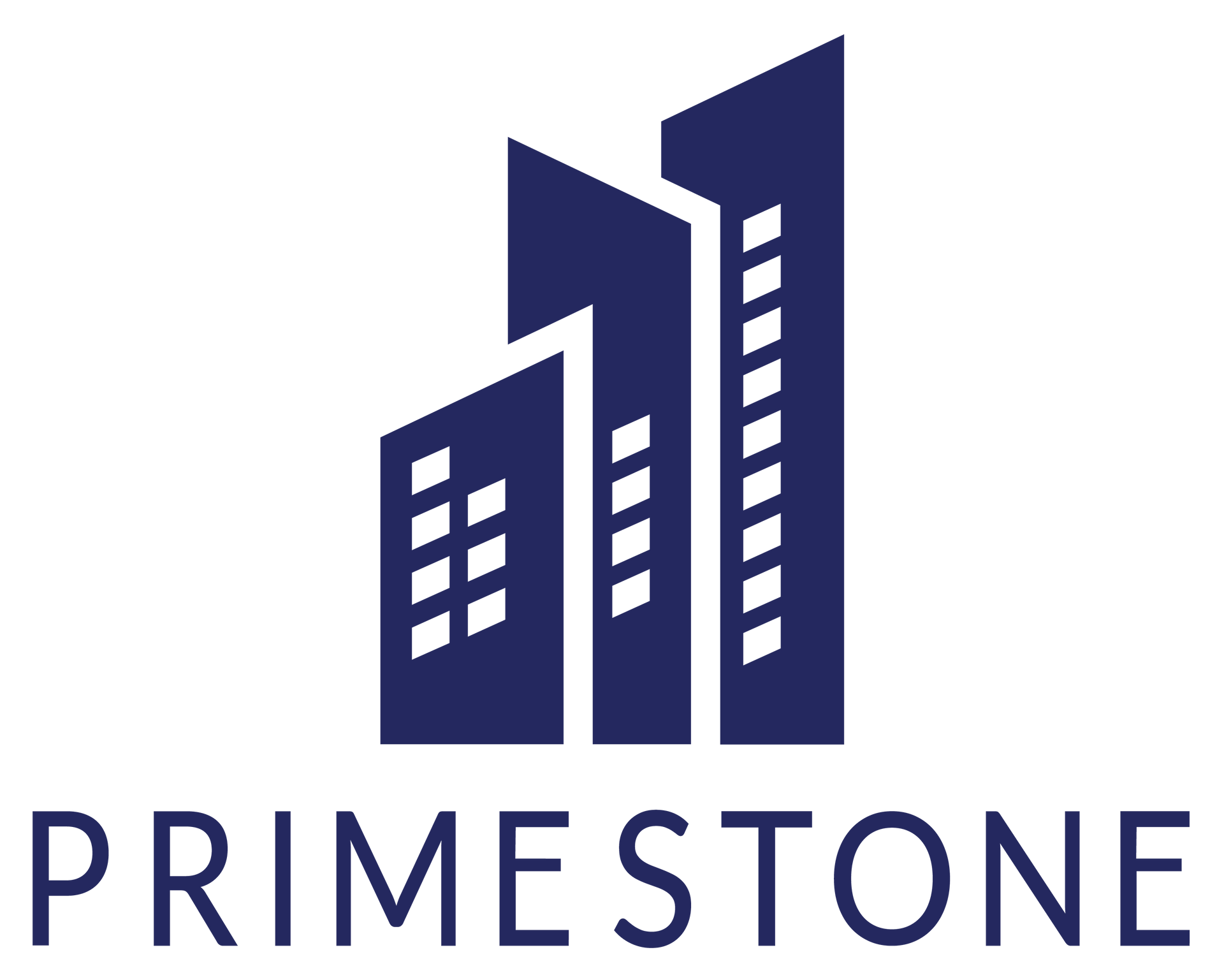The Power of Early Cost Planning
Cost Estimation from Day One: The Game Changer for A&E Success

In the world of architectural and engineering (A&E) projects, the difference between success and failure often hinges on the accuracy of cost estimations and the effectiveness of cost management. While many firms recognize the importance of cost estimators, the timing of their involvement can significantly impact the project's outcome. This article explores the critical role of having a dedicated cost management team from the project's inception, supported by case study examples and industry statistics that underscore the benefits of this proactive approach.
The Early Bird Gets the Budget: The Case for Early Involvement
Integrating cost engineers at the beginning of a project is not just a best practice—it's a strategic advantage. Early involvement allows for more accurate budgeting, identifies potential financial risks before they escalate, and ensures that the project scope aligns with financial realities. Despite these advantages, industry surveys reveal a mixed approach: while a significant percentage of A&E firms engage cost estimators from the outset, a notable portion still waits until a need arises or a problem occurs. This reactive approach often leads to budget overruns, scope creep, and project delays.
Case Study Highlights: The Value of Proactivity
The Infrastructure Overhaul: In a major infrastructure project, a leading A&E firm involved cost engineers from the conceptual stage. This early integration led to identifying cost-saving opportunities through alternative materials and construction methods, resulting in a 15% reduction in estimated costs without compromising quality or functionality.
The Commercial Development Misstep:
Conversely, a commercial development project initially proceeded without a dedicated cost management team. Midway through, escalating costs and unforeseen expenses forced the project owners to bring in cost estimators. The intervention corrected the project's trajectory but not without significant financial strain and a 20% increase in the original budget.
Statistical Insights:
Timing and Outcomes Industry data underscores the benefits of early cost estimator involvement. Firms that integrate cost management teams from the project's inception report a higher success rate in staying within budget—up to 80%, compared to 60% for those who wait until later stages. Furthermore, projects with early cost management involvement are 30% more likely to be completed on time, highlighting the efficiency gains from proactive planning.
Why Early Involvement Makes a Difference Risk Mitigation:
Early cost estimation identifies financial risks and provides strategies to mitigate them before they become critical issues.
Strategic Decision Making:
With accurate cost information, project owners and A&E firms can make informed decisions about scope, materials, and methodologies at the earliest stages.
Stakeholder Confidence:
Demonstrating control over the project's financial aspects from the start enhances confidence among stakeholders, including investors, clients, and regulatory bodies.
Conclusion
The evidence is clear: involving cost management teams at the beginning of A&E projects is not just a matter of best practice; it's a strategic imperative that can define the project's success. By leveraging the expertise of cost engineers from the outset, firms can navigate the complexities of project management more effectively, ensuring that projects are delivered on time, within budget, and to the satisfaction of all stakeholders. As the A&E industry continues to evolve, adopting a proactive approach to cost management will be key to staying competitive and achieving project excellence.







